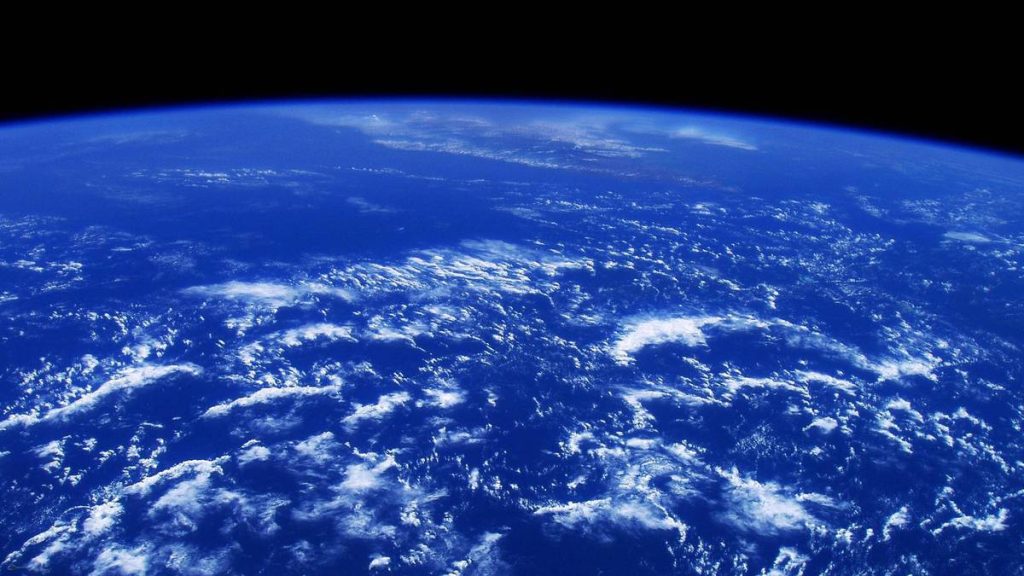Sydney. In 1912, German meteorologist and geologist Alfred Wegener pointed out that what are now the continents was once a giant land mass that later broke apart. Wegener called this giant continent Pangea, a word derived from the Greek and meaning “all countries”. Pangea split into two new continents about 200 million years ago: Laurasia and Gondwanaland. North America, Europe and today’s Asia emerged from Laurasia. Gondwanaland split into South America, Africa, Antarctica, India, Australia, and Zealandia, and is now largely submerged.
Read more after the announcement
Read more after the announcement
In another 200 to 300 million years, the situation as we know it today will be completely different again. What could this future world look like Curtin University researchers in Perth, Western Australia, and Peking University in China. Scientists worked with a supercomputer that modeled the evolution of Earth’s tectonic plates and the emergence of a future supercontinent. The researchers published the results of their study in the journalNational Science Review“.
Pacific Championships
“Over the past 2 billion years, Earth’s continents have collided every 600 million years to form a supercontinent,” said lead author of the study, Chuan Huang, of Curtin University. This process is known as the supercontinental cycle. “This means that within a few hundred million years, the continents of today will be moving together again.”
Read more after the announcement
Read more after the announcement
Portugal: The discovery of a huge dinosaur skeleton
Researchers from Portugal and Spain have discovered the remains of what may be the largest dinosaur skeleton ever found in Europe.
© Source: Reuters
Researchers suspect that previous supercontinents formed in very different ways. The team’s simulations show that the thickness and strength of the tectonic plates under the oceans have decreased over time. The reason for this is that the Earth has been cold since its formation 4.5 billion years ago. According to the researchers, the latter indicates that the next supercontinent will not be formed by closing “young” oceans such as the Atlantic or the Indian Ocean. Instead, they believe the world’s oldest ocean, the Pacific Ocean, will play the leading role.
Australia as a link
The Pacific Ocean is what remains of the superocean Panthalassa. It is the oldest ocean on Earth. The Pacific Ocean has been shrinking since the age of the dinosaurs. According to the new simulation, the ocean, which currently extends 10,000 km, will disappear in less than 300 million years.
Read more after the announcement
Read more after the announcement
The reason for this is that the continents are not static land masses: if Asia and America collide, a new supercontinent will be created, which researchers have already given a name: Amasia. “Australia is also expected to play a role in this major land event,” Chuan Huang said. It is assumed that the fifth continent will first collide with Asia and then connect America and Asia once the Pacific Ocean is closed. Australia is currently drifting toward Asia at a rate of about three inches per year, while Eurasia and the Americas are moving more slowly toward the Pacific.
Climate change, earthquakes, and the lack of biodiversity
“The Earth as we know it will change drastically as Amasya forms,” said study co-author Zheng Xiang Li of Curtin University. For example, sea levels are likely to be lower, the researcher said. In addition, scientists predict a number of climatic changes.
On the trail of one of the last giant predators of the Dino era
Researchers discover remains of Megaraptor in Argentina The remains of a giant dinosaur are more than 70 million years old.
© Source: Reuters / Kappa Museum of Natural Sciences
The latter is because “ocean currents are stopped by continental collisions or new ocean currents are created when the continents break up,” the researcher explained. The vast interior of the new supercontinent is likely to be very dry and exhibit high daily temperature fluctuations. It is also possible that the newly formed supercontinent, surrounded by a new super ocean, has reduced biodiversity. The researchers also expect more earthquakes when the continental plates collide.

“Tv expert. Hardcore creator. Extreme music fan. Lifelong twitter geek. Certified travel enthusiast. Baconaholic. Pop culture nerd. Reader. Freelance student.”







More Stories
The Hubble Space Telescope images the star after it is born
Smart headphones filter out unwanted noise
More powerful solar storms are expected by astronomers